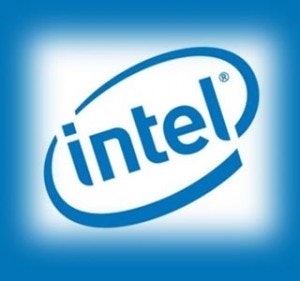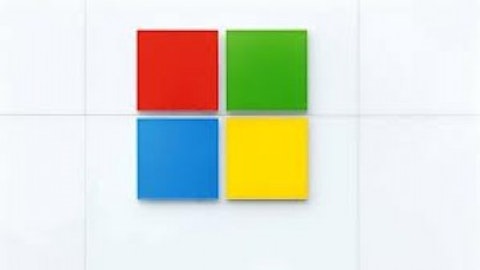
Intel Corporation (NASDAQ:INTC), the company that at one time held a 95% market share in global PC-based processors, has endured a proverbial fall from grace of late. In fact, the firm’s current earnings report clearly shows that the once-unbeatable giant has posted a fall in profit in the neighborhood of 25% — giving this firm a very unprofitable outlook going forward.
Taking one step forward and two steps back
Back in the roaring 1990s, Intel Corporation (NASDAQ:INTC) pulled in profits from its design, manufacture, and sales of integrated digital technology platforms throughout the world. The company currently holds a market cap that is nearly $120 billion — although that is likely to continue to shrink over time unless the company makes some drastic changes.
One key issue that Intel is grappling with today is the movement of consumers who are shying away from more “bulky” personal computers. Given this, Intel has struggled, and is currently being surpassed by a number of its competitors in key areas.
One way that Intel Corporation (NASDAQ:INTC) has opted to deal with its present scenario is by cutting its plans for capital spending for this year by $1 billion overall. Yet, when comparing this to the potential $12 billion in spending that Intel is planning, its spending cuts look more like just a drop in the bucket.
In addition, any positive profit-related outlook for the near-term is essentially being based on a mixed bag of mere probabilities — the launch of new kinds of processors and an increase in sales of touchscreen laptop computers. In any case, such future projections appear to be weak at best — along with being a real gamble:
1- Leaked Intel Haswell APU Results show Disappointing Performance
2- Haswell Could Have Compatibility Problems With Older PSUs
Haswell is another Intel (product). They always promise, and never deliver. It is not about performance in a synthetic (benchmark) it is about (that) they don’t support essential features we need and don’t need to worry about compatibility on (our) code. Fusion, Radeon and GeForce have it all covered and if we have issues they resolve them or work (with us). Forget it they live in a mobile world right now.
The Intel effort to integrate a voltage regulation (VR) stage into the Haswell architecture appears to have fallen short of desired results.
the industry sources we spoke with indicated Haswell is working, but that “the new power approach did not live up to expectations.
Living in a disposable world
While Intel is still considered a leader when it comes to chips used for powering PCs, the company is running into revenue issues here as well — due in large part to the fact that most people are moving away from being tied to a personal computer in lieu of relying more and more on their mobile devices such as tablets and smartphones.
Unfortunately, Intel Corporation (NASDAQ:INTC) is not considered an early adopter in this particular arena. In fact, as global shipments of personal computers continue their downward slide, Intel’s revenue is likely to continue its downward spiral too, especially given that the company obtains most of its earnings from the sales of PCs and related items.
Investors should start believing that 65% gross margin seen over the last couple of years is a thing of the past. A potentially low 50% gross margin is an increasing reality, and investors should embrace the lower estimates. Adding even more fuel to the fire is the fact that some of Intel’s largest purchasers — Dell Inc. (NASDAQ:DELL) and Hewlett-Packard Company (NYSE:HPQ) for instance — are also facing decreasing sales, which are leading to lower revenues.


